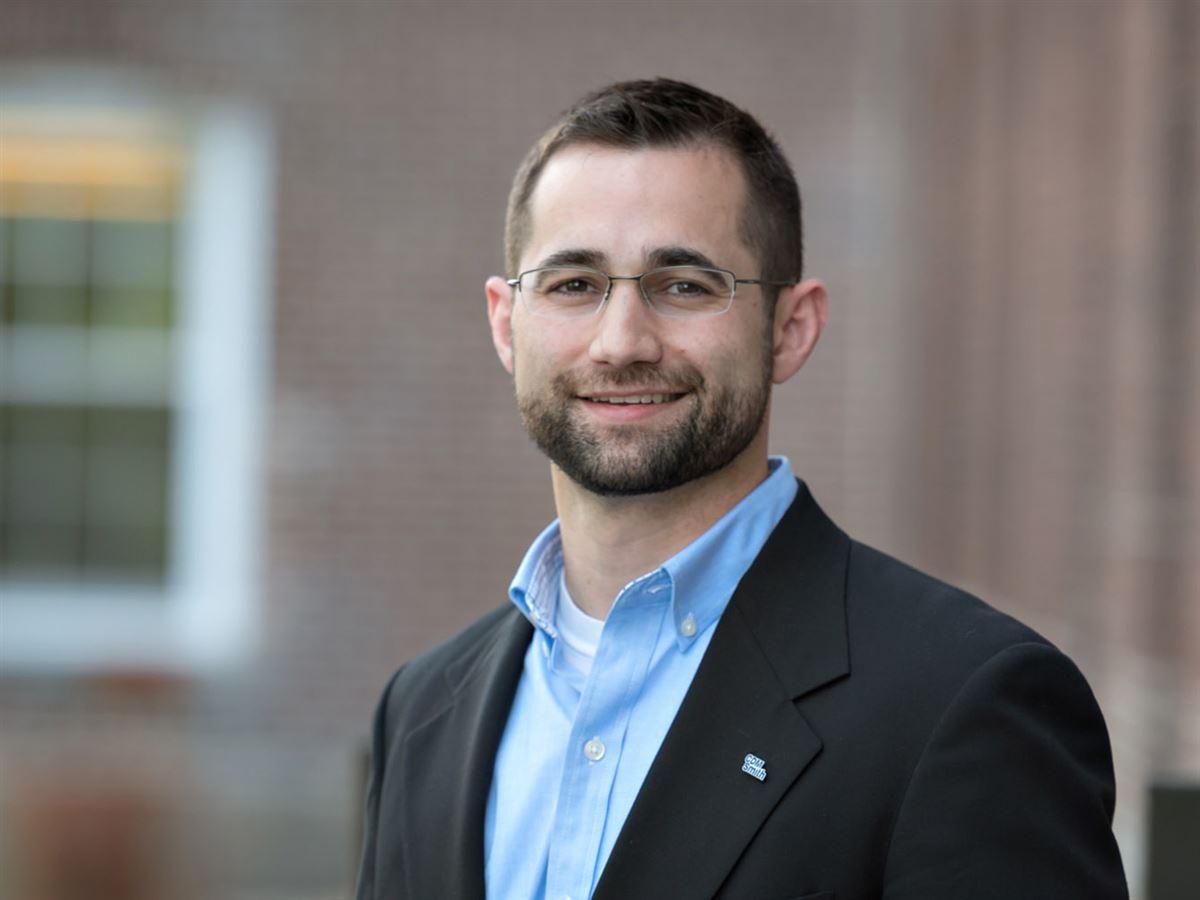PFAS R&D at CDM Smith
Research Areas
Drinking Water/Groundwater Treatment
Our Bellevue Research and Testing Laboratory is fully equipped to customize PFAS treatability studies and is actively leading state-of-the-art research and pre-design studies. It is uniquely managed by water treatment process and environmental remediation experts. The synergy of crossing water and environmental practices allows us to identify treatment options and expand our understanding of this complex group of chemicals.
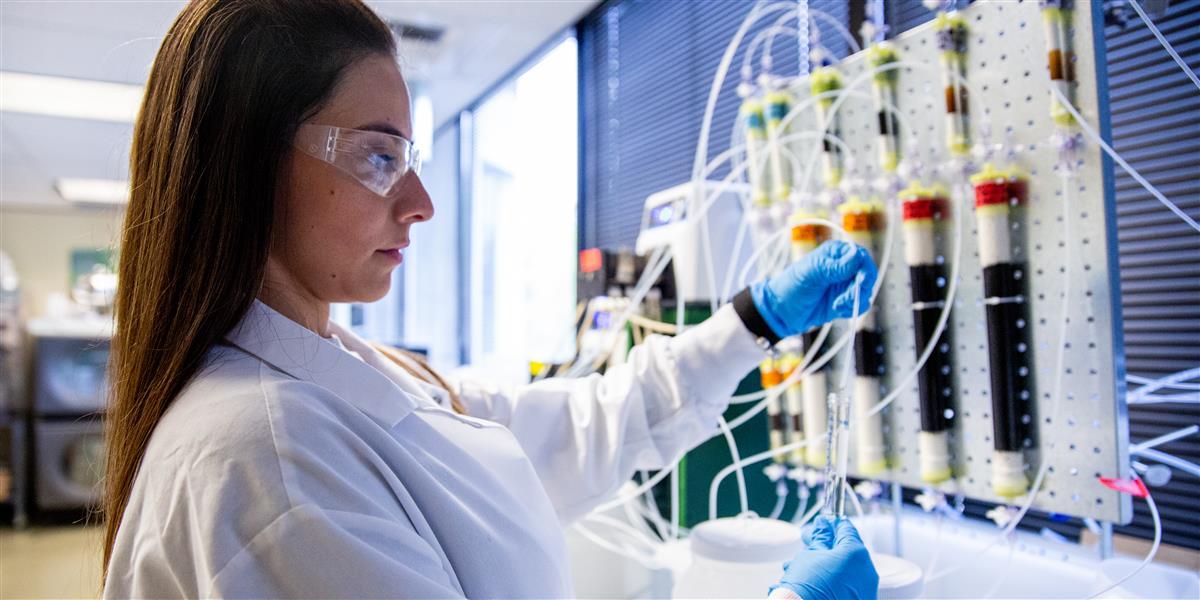
Landfills, Wastewater and Biosolids
For the latest scientific findings on PFAS and its affects on wastewater treatment plants, look no further than our collaboration with the Water Research Foundation (WRF).
One year ago, CDM Smith and several research partners released a report called, “Cost Analysis of the Impacts on Municipal Utilities and Biosolids Management to Address PFAS Contamination.” The forecast was stark, projecting a 37% increase in overall costs required to address PFAS.
It is now understood that traditional wastewater treatment and biosolids stabilization processes do not effectively degrade PFAS. That presents a clear problem for utilities that process biosolids for beneficial use. Water Resource Recovery Facilities (WRRFs) have become fertile grounds for PFAS research, due to the important role they play in safeguarding surrounding waterways from contamination.
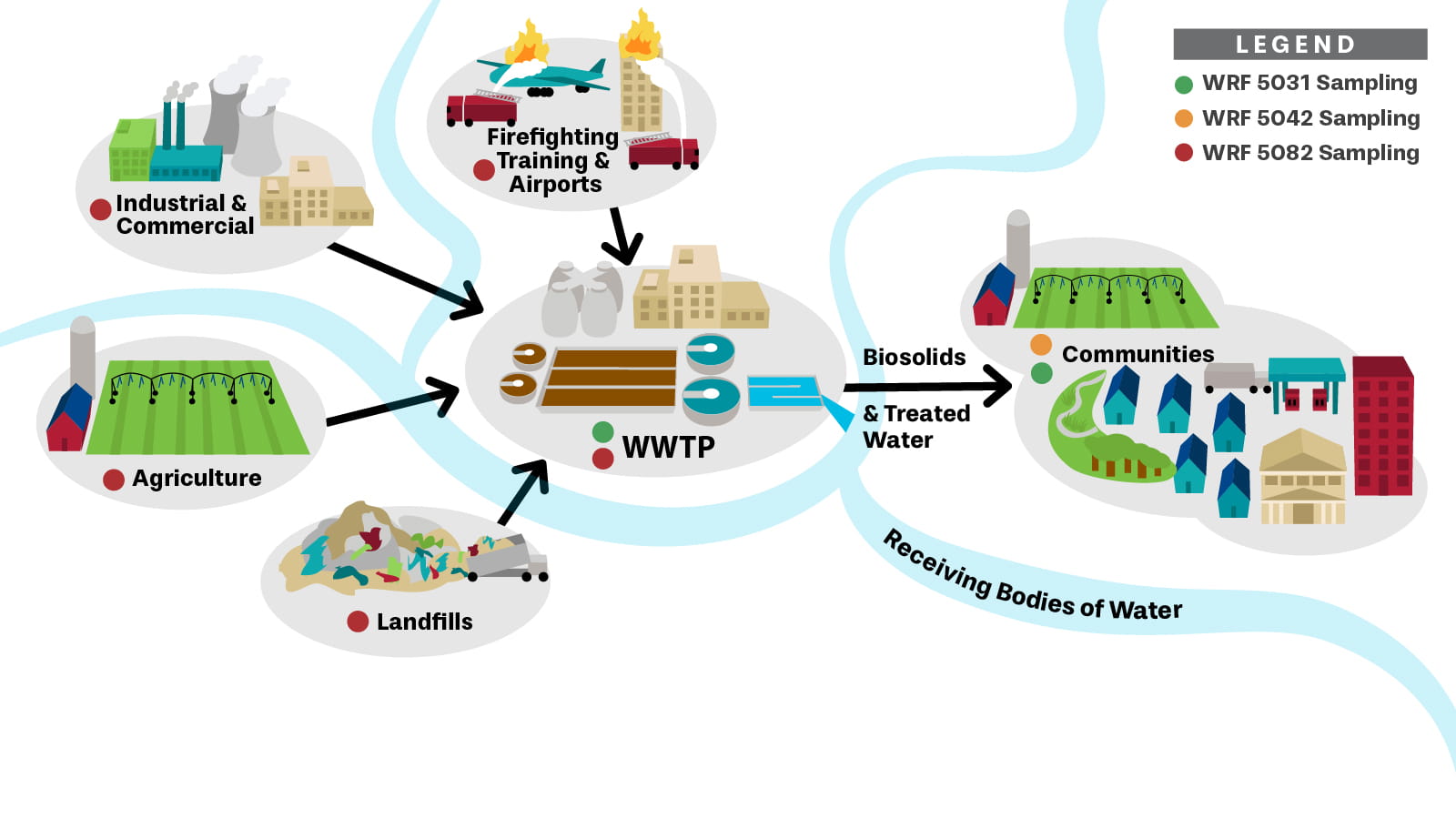
Fluorinated Firefighting Foams
Fluorinated firefighting foams, like aqueous film-forming foams (AFFFs), have been identified as a major cause of PFAS contamination. “The problem is decontamination and system compatibility,” says Jill Greene, senior geologist at CDM Smith. There is currently no standard practice for effectively removing PFAS compounds from pumps, tanks, trucks and hangar fire suppression systems. Individual components, if not the entire foam delivery system, may need to be replaced to be compatible with the new product. Furthermore, the latest health advisories for PFAS call for extremely low levels, measured in the parts-per-trillion. That means an increased likelihood of aggressive remediation of PFAS from discharges of AFFF to the environment, down to an almost non-detectable level.
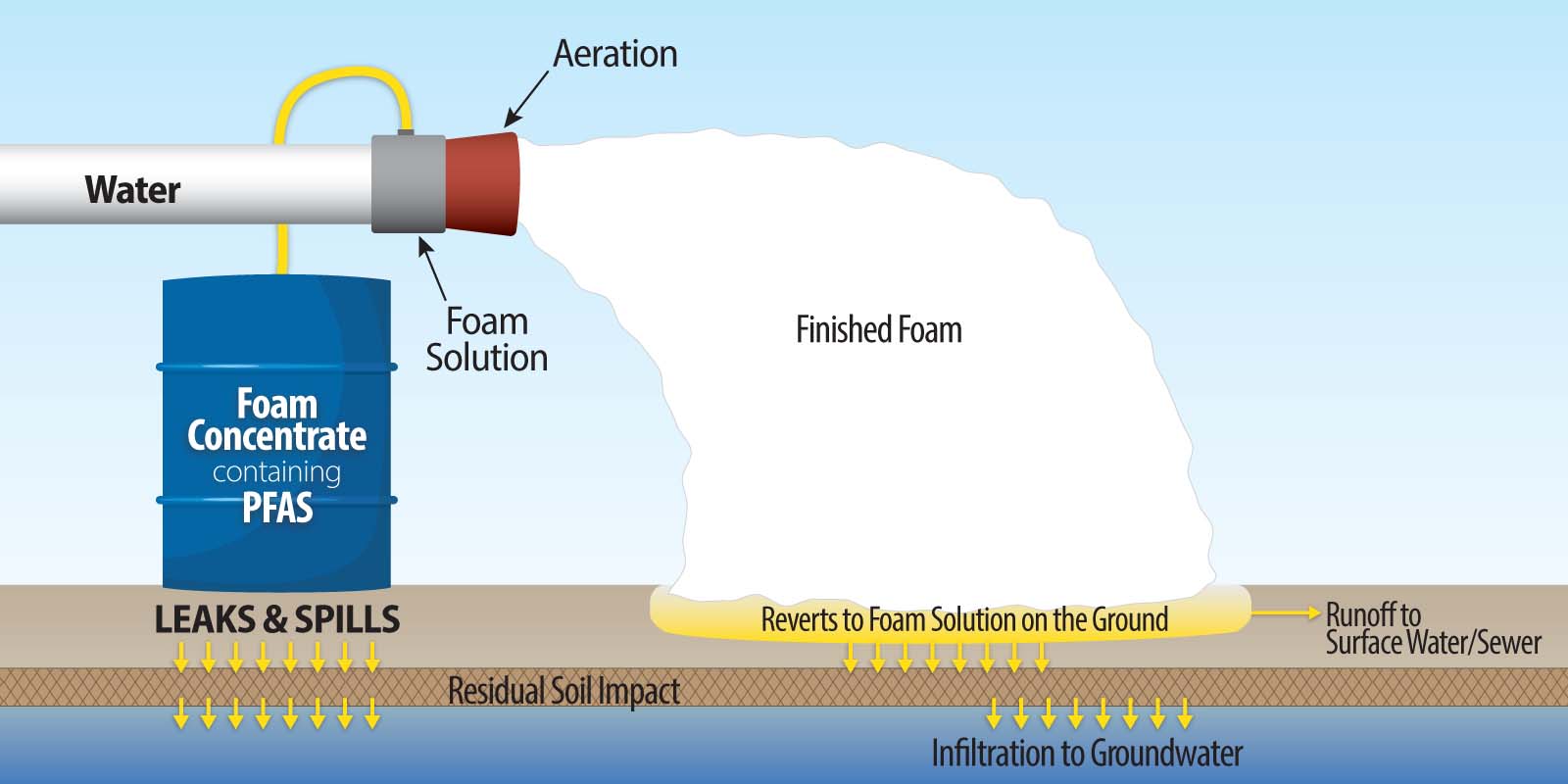
Water Reuse
PFAS are not destroyed through conventional wastewater treatment. They are either discharged through an effluent outfall or partition into biosolids. Furthermore, these outfalls typically have considerable precursor compounds.
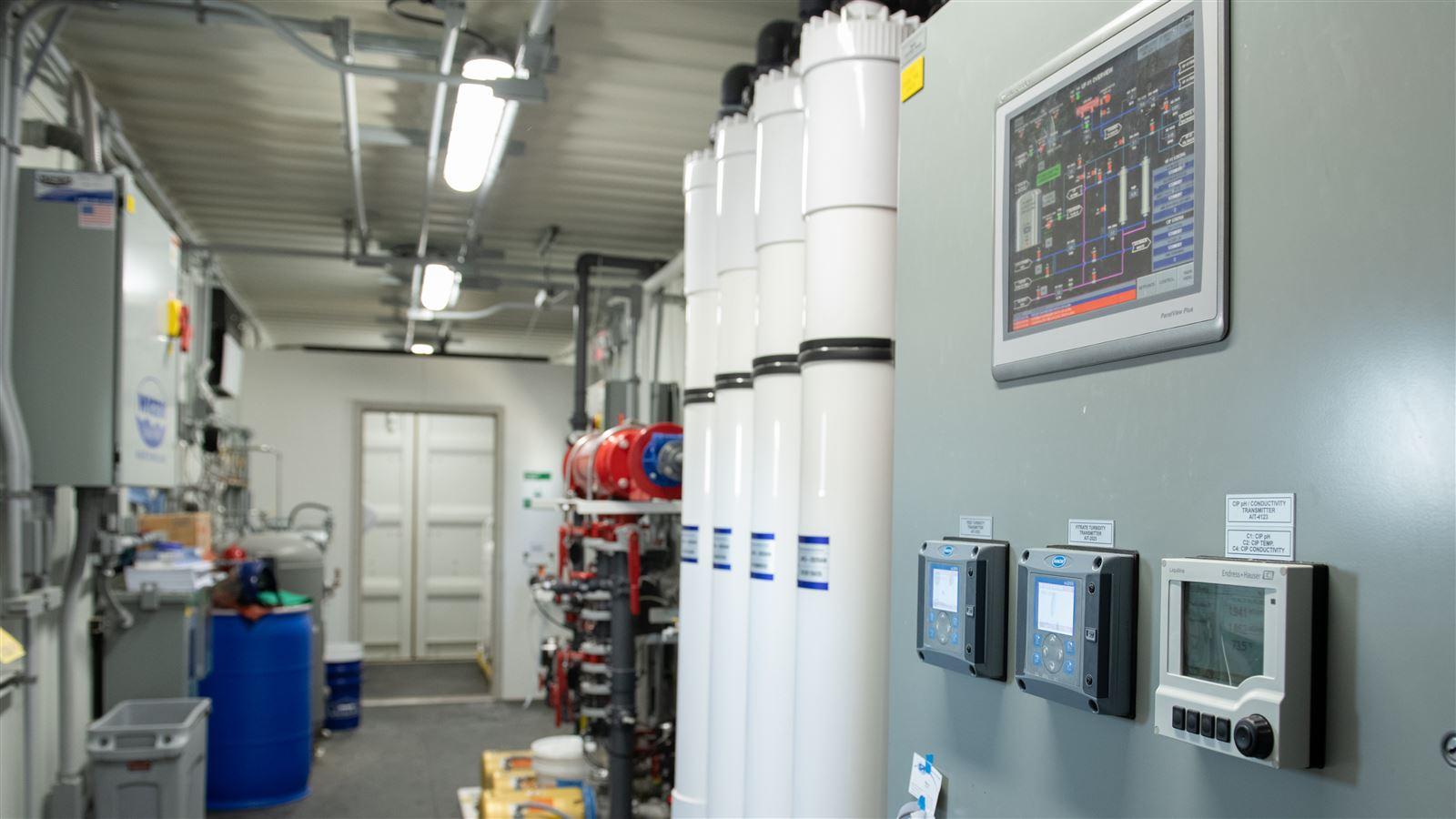
Fate and Transport
By understanding PFAS distribution, migration and transformation in different environments, we can more accurately predict concentrations based on the sources of PFAS released and environmental conditions. Once we understand how PFAS are distributed in the environment, we need to know how PFAS are migrating from sources to environmental and human receptors in the soil, sediment, air and groundwater.
CDM Smith is on the forefront of understanding how the unique properties of PFAS affect their movement. We have evaluated how PFAS interact in different environments, what happens when they are comingled with other chemicals (such as fuel or solvents), and how they can transform to other, potentially more toxic compounds
Our research informs conceptual site models, which in turn inform our understanding of environmental and health risks, selection of remedial technologies and our approach to cost-effective remedial design.
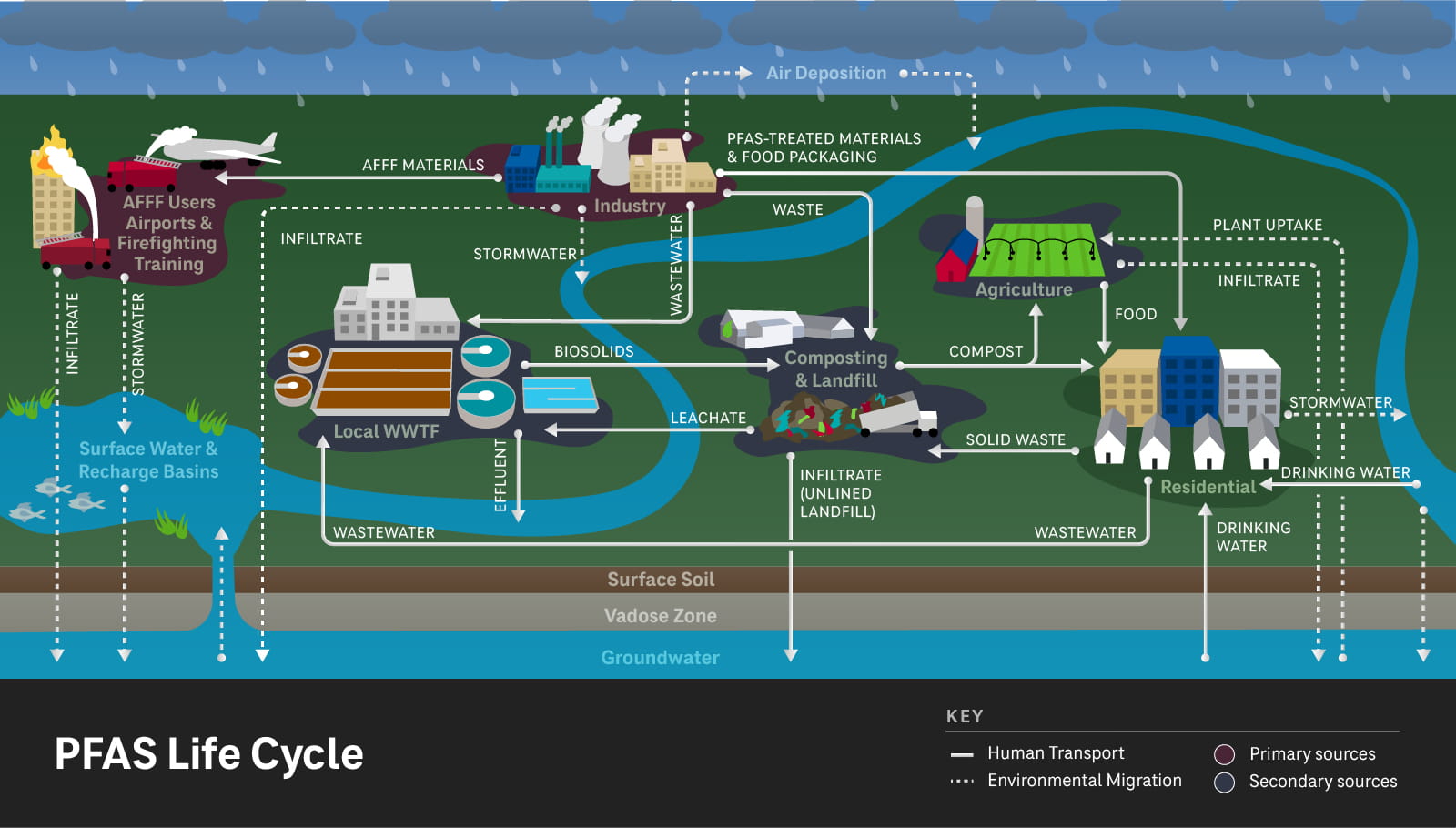
Chemical Analysis
PFAS represent millions of different chemicals, each with unique properties. Therefore, assessing the extent of PFAS contamination at your site, or even determining if a problem exists, is by definition complex.
PFAS data accuracy is vital for risk assessment and decision making. To that end, we are developing new sampling and analysis methods with the U.S. Department of Defense and other research partners to improve conceptual site models.
Our research is advancing means and methods for sampling different media, like surface water, without bias, to ensure samples are representative, accurate, and account for different chemical backgrounds. Additionally, we are looking to understand if specific rapid assessment technologies can identify PFAS source toxicities, especially those impacted by aqueous film-forming foam (AFFF). Rapid assessment can help develop more cost-effective quantitative sampling and analysis programs.

Did You know?
CDM Smith's Research and Testing Laboratory in Bellevue, WA is complemented by two other laboratories. Our Denver Environmental Laboratory in Colorado performs specialized ad-hoc functions on various industrial, mining and public projects. And CDM Smith’s Geotechnical Testing Services Laboratory in Chelmsford, Massachusetts provides geotechnical laboratory, geo-environmental and field testing services.








